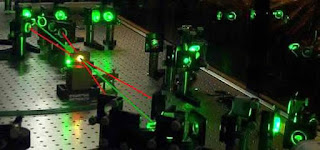Laser Design and Development
How to design and develop laser
Designing and developing a laser involves several key steps, including:1. Identifying the purpose: Determine the intended use of the laser, such as cutting, welding, or scientific research, and the required power output, beam quality, and wavelength.
2. Selecting the laser type: Choose the appropriate laser type for the application, such as a gas laser, solid-state laser, or semiconductor laser.
3. Selecting the laser medium: Choose the material that will be used as the lasing medium, including gases, liquids, or solids.
4. Designing the optical cavity: The optical cavity is the space inside the laser where the lasing medium is contained. Design the cavity to optimize the laser's output power, beam quality, and wavelength.
5. Selecting the pumping method: The pumping method excites the lasing medium and creates a population inversion that leads to laser emission. Choose the appropriate pumping method for the laser type and medium, such as electrical discharge, optical pumping, or injection current.
6. Designing the cooling system: High-power lasers generate significant heat, which must be dissipated to prevent damage to the laser components. Design a cooling system to maintain the laser's operating temperature and ensure long-term reliability.
7. Building and testing the laser: Once the design is complete, build the laser and perform rigorous testing to ensure it meets the desired specifications.
Developing a laser is a complex and specialized process that requires expertise in various fields, including physics, optics, and engineering. Working with experienced professionals or a reputable company with a track record of success in laser design and development is important.





Comments
Post a Comment